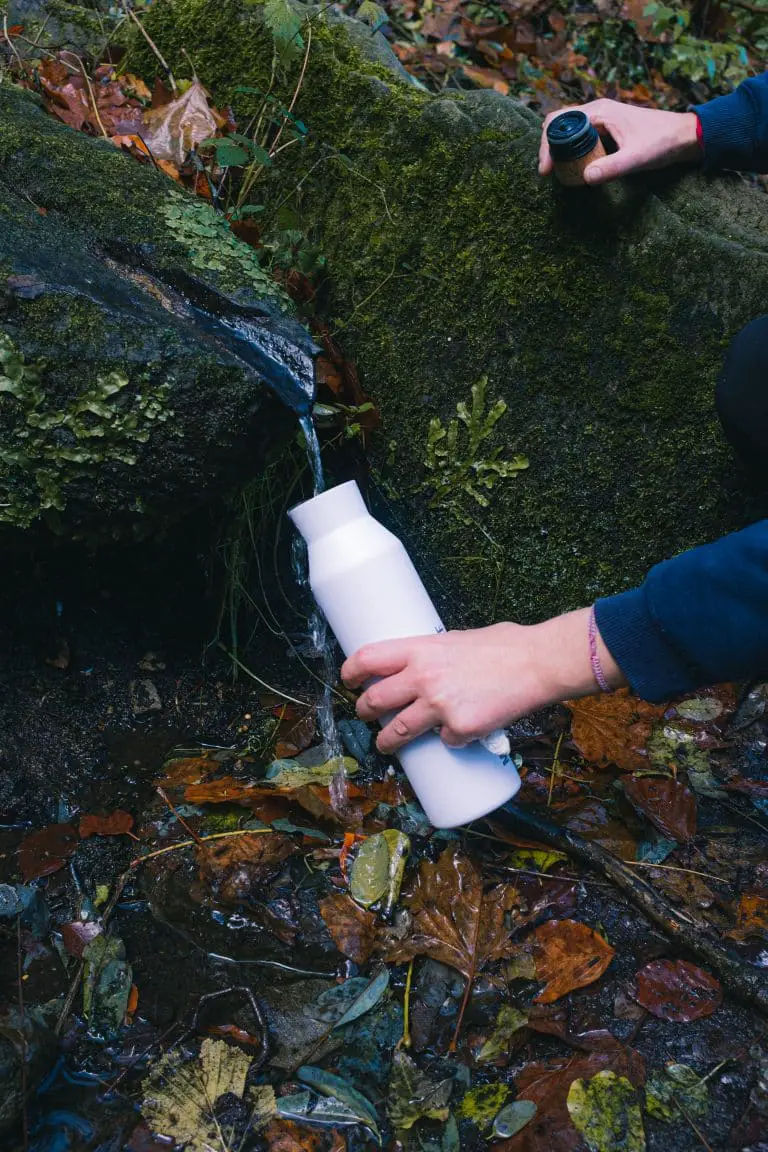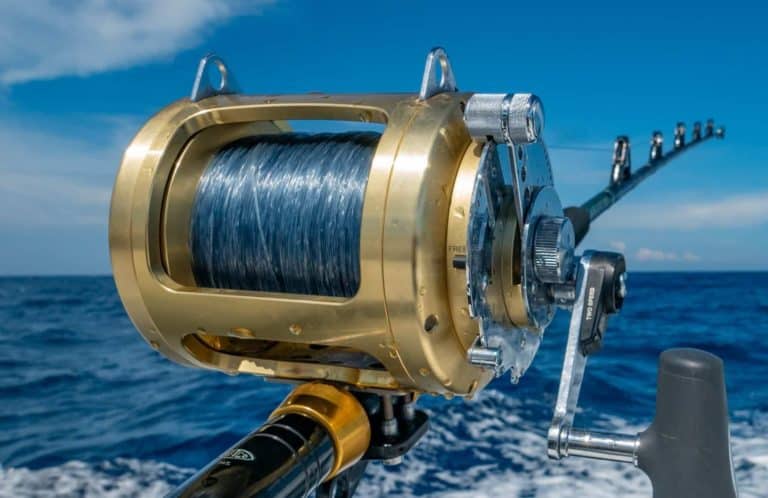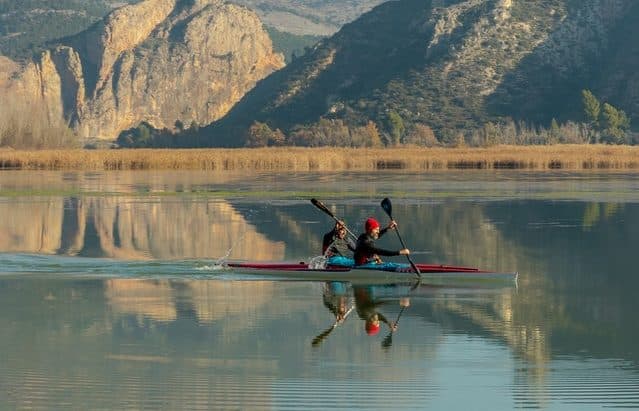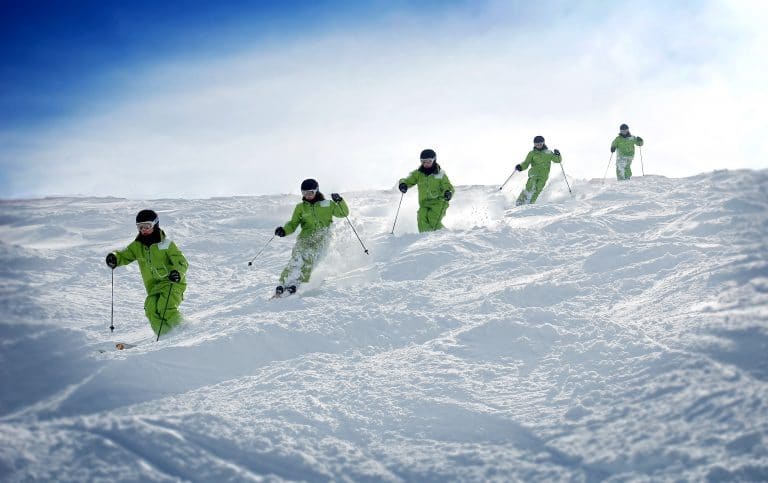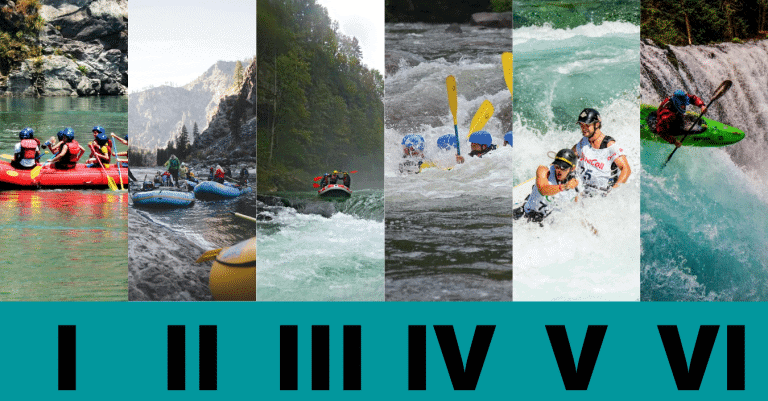How To Choose a Freediving Mask – Buying Guide
Freediving is a sport that has increased in huge popularity over the last few years. It takes snorkeling to the next level.
Being able to dive deeply underwater allows you to explore more marine life, explore inside of underwater caves and immerse yourself completely in marine life.
Learning how to choose a freediving mask could be the deciding factor between having a great trip or a regrettable one!
Freediving not only tests your physical ability when it comes to diving and swimming, but also your mental endurance.
It’s challenging to hold your breath underwater for long lengths of time, but gaining the confidence and mental ability to know your limits and how long you can hold your breath for is a challenge in its own right.
Choosing the best freediving mask is a key step in your journey to becoming a better free diver but it also allows you to see more of the underwater life and have more fun.
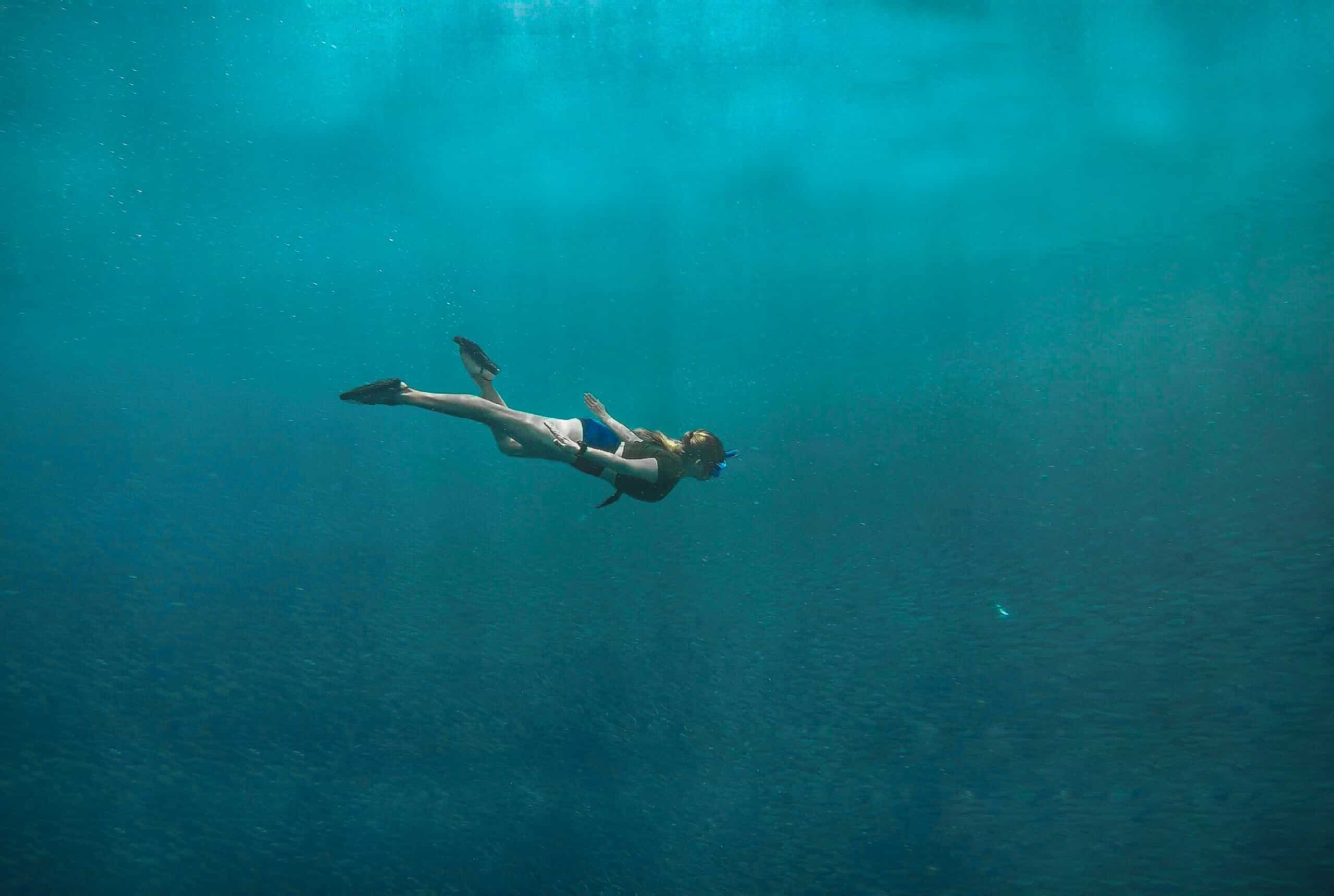
We always recommend that anyone who is starting out in freediving that they take lessons from a professional and licensed freediving expert.
One of the biggest mistakes you can make whilst Freediving is using a snorkelling mask. Unlike snorkel masks, freediving masks have to be finely tuned to ensure you never waste a second underwater – as every second counts!
Low internal volume and a low profile design are major features of a freediving mask, both make your dive underwater much more enjoyable. When you’re on the hunt for your freediving mask, pay attention to the following features.
Low Freediving Mask Volume
A mask with a low air volume is much less buoyant, this means less effort is needed to propel yourself underwater and thus allows you to conserve more energy for your dive. Freediving masks also have a nose area like a scuba diving mask, this is because freediving takes you to depths which require you to equalize, and therefore need to be able to squeeze your nose.

Perfect Fit
For a low volume mask to be effective it needs to fit your face like a glove.
Larger volume masks are designed to keep the lens away from the contours of your face, therefore with a freediving mask a silicone skirt is essential. The silicone seal is able to bend and flex along the contours of your face creating a watertight seal.
Here are some tips on how to ensure your freediving mask is a perfect fit:
- Without putting the strap on, tilt your head back and position the mask onto your face. ensure the silicone seal is flush with your skin.
- To create a seal between your face and the mask, breath in through your nose. As you breath in, tilt your head back to its original position. You know your mask size is perfect if it does not fall off your face!
- Hold the freediving mask with one hand, and pull the strap over your head.
- Now you can adjust the strap so it is comfy.
- You’re ready to get in the water!
Single or Double pane Lens
Either will provide you with a great freediving experience as there is no real difference between the two. However, I would always recommend getting a freediving mask with lenses made from tempered glass.
It scratches much less than plastic and will provide you with a much clearer field of view. If possible, also get a mask with an anti-reflective membrane so you can dive at anytime in the day.
It’s also worth noting that colors fade as you get deeper. Red colors disappear at around 10 feet and yellow at 20. This can greatly effect how vibrant the coral and fish appear to be.
To counter this, get a mask with color correcting lenses, they will compensate for the color loss and increase brightness at lower depths.
Freediving Mask Color
Whilst this largely comes down to personal preference and how cool you think you look, a super bright skirt can actually reflect more light and potentially obstruct your vision.
Also if you are using your mask to spearfish, a brightly color freediving mask will also potentially scare away any prey you’re trying to hunt. We would recommend a mask with a black skirt.
When you’re in the water with your diving partner, the eyes play an important role in communication between the two of you. Having colored or black lenses can prevent anyone from looking at your eyes and become a potential safety issue. Therefore we always recommend clear lenses.
Just like a pair of sunglasses, polarized lenses are also a great option. They are not needed as much if you are diving deeper, but on the surface or when you’re out of the water, they will prevent the glare from the water from affecting your vision.
Straps and Fastening
Comfortable straps are very important! Especially when you’re diving for long periods of time. It’s also essential to pick straps that you can easily adjust. High-quality fasteners ensure the mask is tight and forms a strong seal against the contours of your face.
Being able to easily adjust your mask in the water is also important as it will allow you to do it calmly underwater – improving your freediving experience and conserving your energy.
Durability and Longevity
It may sound obvious at first, but I see time and time again people buying the cheaper option and regretting it when they have to replace their mask every year. Buying a higher quality mask with better material and construction will ensure your mask is good to use for years to come.
Remember you’re exposing your mask to a harsh environment, there is lots of salt water, UV rays and strong currents which can wear down cheaper materials.
Keep an eye out for higher quality materials such as neoprene, urethane, and silicone. Look for genuine tempered glass and strong plastic. If you also enjoy scuba diving and snorkeling, a high-quality freediving mask can also be worn for these activities.
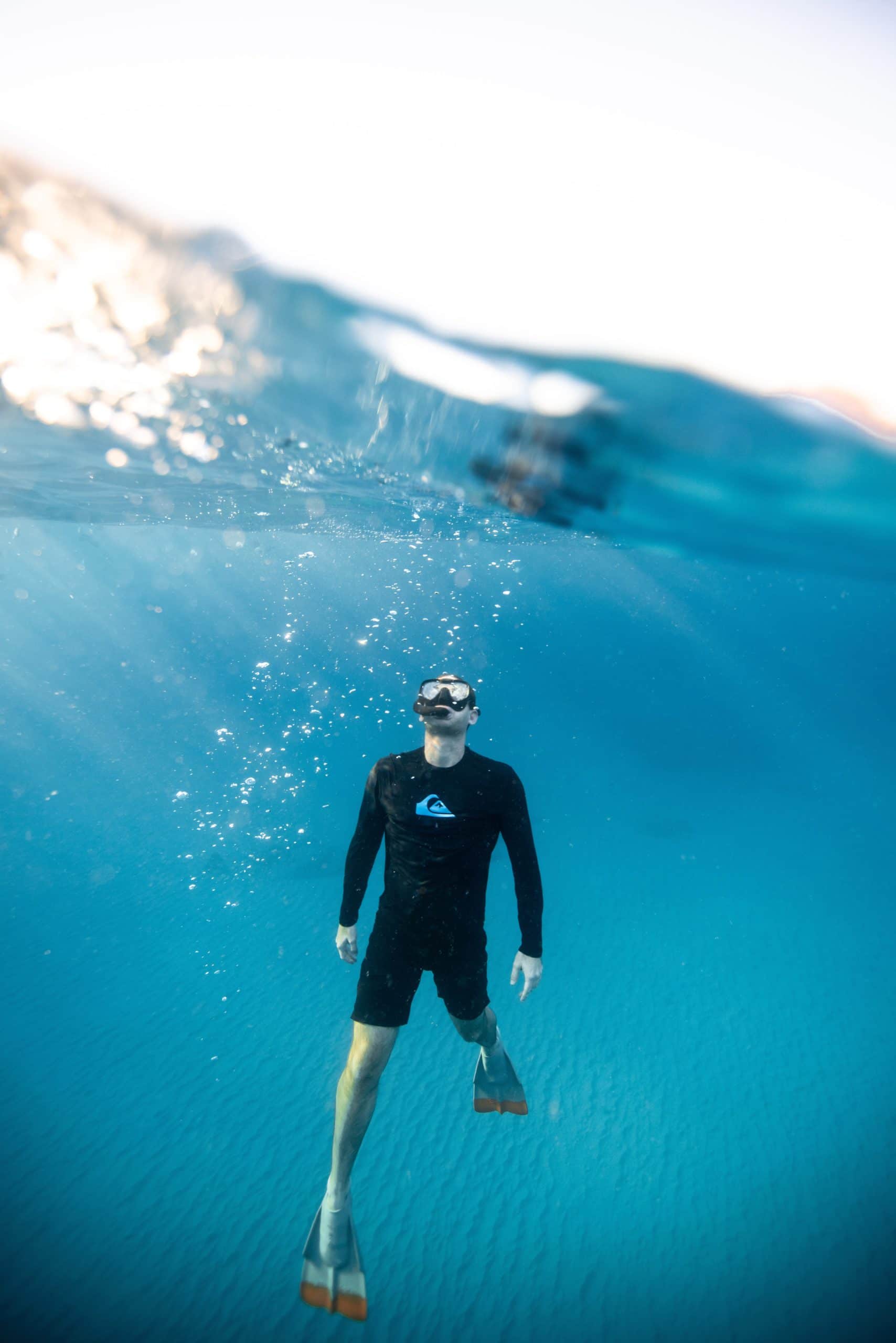
Choosing a Freediving Mask FAQs
Q: How do you equalize your freediving mask whilst diving?
A: Remember this is easier to do when you buy a freediving mask specifically designed to go freediving with! This is because they will have a soft silicone nose cap which allows you to pinch your nose.
To equalize whilst diving, pinch your nose and try to breath air gently through it. Eventually you should hear a pop – it’s similar to what sometimes happens on a plane. This releases the pressure in your ears and allows you to descend deeper. If you can’t equalize, ascend a few feet and try it again.
If you don’t equalize properly you can do serious damage to your eardrums. Do not go diving if you have a cold, especially one where you are fully congested and cant breath through your nose.
Q: I’ve heard freediving is very dangerous, is this true?
A: Like most activities, anything is dangerous if you aren’t trained properly. And freediving is definitely no exception. You aren’t using any breathing apparatus or oxygen whilst freediving and if something goes wrong at a deep depth then of-course you’re at risk of drowning.
Just like anything you need to practice, start off small and slowly increase your depth when you gain more confidence in the water. Always use high quality gear, never just go for an option because it’s the cheapest – Don’t compromise on safety!
We always advise people to learn how to freedive from a professional and licensed instructor. This will ensure you’re fully educated and prepared to start freediving.
Q: How do you prepare the mask for use before getting in the water?
A: You should always check over your mask before you get in the water. Ensure the straps are in good condition and that there is no tears or holes in any part of the mask. Remember taking good care of your mask will ensure it’s around for years of use.
Some masks already come with anti-fog technology built into the lenses, but if yours does not have that then you can purchase lens cleaner, anti-fog spray or even soap and toothpaste. Apply a small amount to the inside of the lens and rub until gone, or add a small amount of water too and rub until clear. This will ensure the mask doesn’t fog up during use.
Q: My mask is leaking, what should I do?
A: Your mask is specially designed to keep water out, but there might be times where you encounter water leaking into the mask. This can sometimes hinder your dive and make it impossible to dive.
Check your hair/facial hair. Sometimes large amounts of hair under the skirt can disturb the seal and allow water to enter the mask. Check your strap tightness and ensure the mask is fit snugly to the contours of your face. Sometimes applying vaseline to your face and around the mask can block any gaps and prevent any water getting in.
If you have tried all of the above and water is still getting into the mask then the only option is to get shopping for a new mask, follow our guidelines above for how to choose a good freediving mask or check out our top recommendations!
Q: How do freediving and scuba diving differ?
A: Whilst scuba diving you will be using breathing apparatus to allow you to breath as you dive under the water – this is usually in the form of an air tank which is secured to your back. There is also a lot more equipment you need to use whilst scuba diving – giving you a lot more to think about whilst under the water.
Less preparation is needed for freediving due to the smaller amount of equipment needed. Many people believe freediving gives you a more immersive experience with the underwater world – although you can’t be down there for very long!
Please remember if you are going freediving in the ocean to help protect the marine life and environment by wearing reef safe sunscreen.
If you are looking for our best recommendations for freediving fins then check out that post here.

